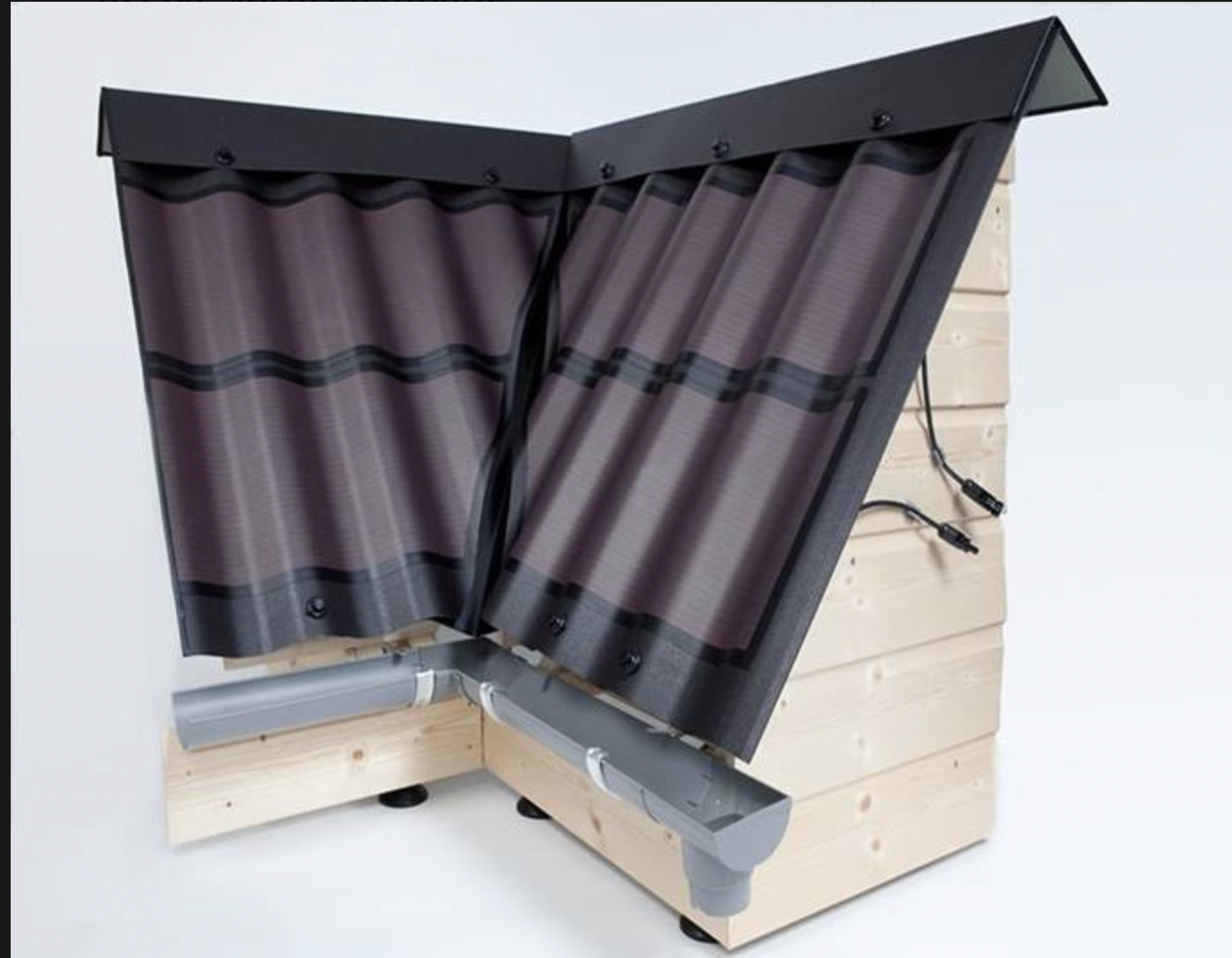
Solar foil can be used in countless ways, from integrating it into traditional roof tiles to creating new large-scale solar parks. By signing a new four-year research contract, Technical University of Delft, Netherlands, and HyET Solar have sped up the introduction of the next generation of solar foil, bringing this vision of the future a significant step closer as announced in a press release.
Any shape or size
The properties of Powerfoil® (the lightweight, flexible, thin-film silicon PV technology) open up new markets for solar energy that cannot be served by existing inflexible and heavy glass panels. Powerfoil can be made in any shape or size. For example, its roll-to-roll production process allows up to 30-meter long modules to be produced, while the shape can be adapted to the needs of the end user. A new production facility is going to be built in Arnhem, which will make the development of all these innovative Powerfoil features of a reality – with a capacity of 40 MW/year.
Fundamental research with an industrial approach
TU Delft’s research activities are headed by Professor Arno Smets. For many years, Smets has researched technologies that can convert solar energy into usable energy, such as electrical or chemical energy. In 2009, he received a Vidi for his research into the use of thin layers of silicon to increase solar panel efficiency. In the years that followed, the solar expert created an international furor with online lectures on solar energy (which can be followed via the international platform edX). In 2019, at an international summit in Canada, Smets was named Mission Innovation Champion – an important pioneering role in the field of clean energy.
Smets: ‘This collaboration with HyET Solar is a great example of how lab-scale innovation can be quickly converted to industrial-scale manufacturing. New materials, device architectures and processing steps developed in our university lab will soon be applied in current and future production lines at HyET Solar. I am delighted that our expertise, research activities and students are having a direct impact on one of the most exciting developments in solar power technologies in the world today.’
Edward Hamers, Head of Technology at HyET Solar: ‘It is an honor to work with one of the most renowned institutes in the field of photovoltaic technology. This allows us to take our unique production to the next level. The university’s fundamental research fits seamlessly with our industrial approach, and that’s what makes the cooperation so successful. It’s been made possible in recent years thanks to support from various Dutch funding programs. With the current expansion of our production facility in Arnhem, we can finally produce this Dutch technology on a large scale and thus tap completely new markets that are out of reach for conventional PV modules.’
Also interesting:
Clean drinking water for rural areas using solar energy
To do or not to do research on solar geoengineering, that is the question in the Netherlands too
Selected for you!
Innovation Origins is the European platform for innovation news. In addition to the many reports from our own editors in 15 European countries, we select the most important press releases from reliable sources. This way you can stay up to date on what is happening in the world of innovation. Are you or do you know an organization that should not be missing from our list of selected sources? Then report to our editorial team.
